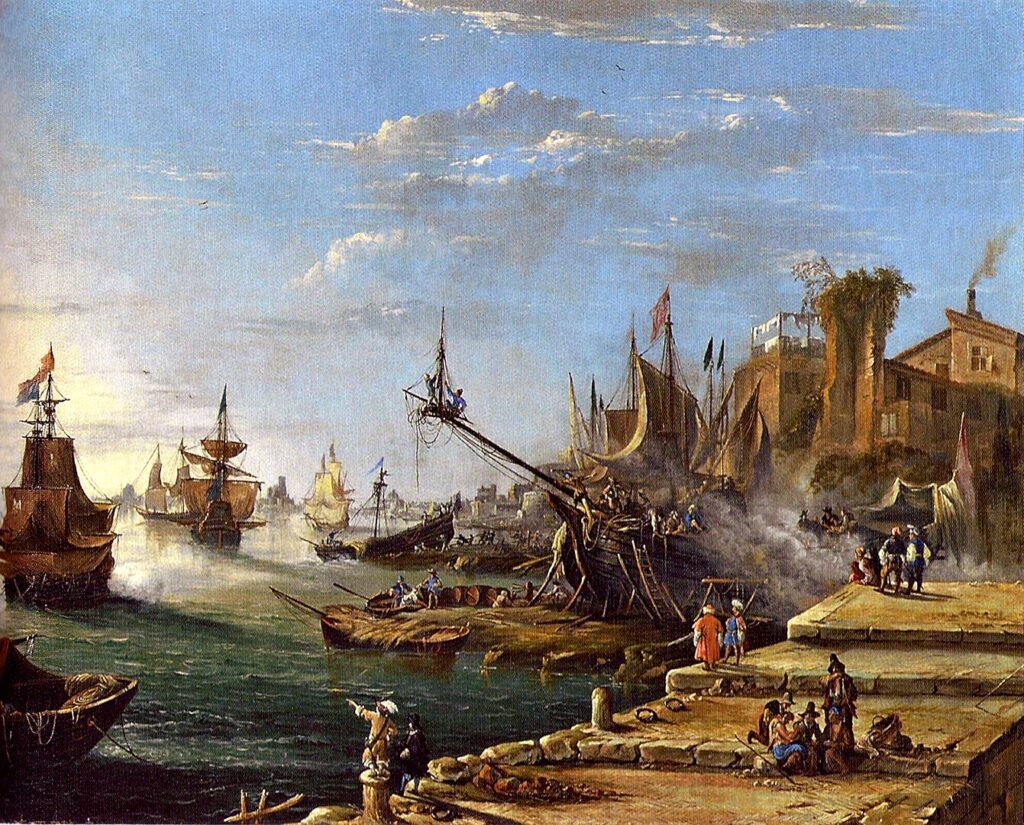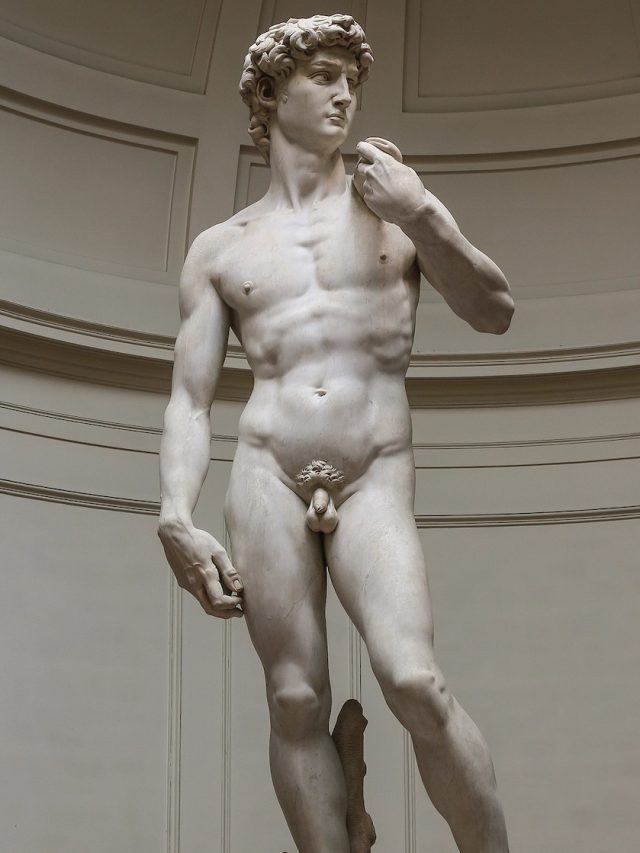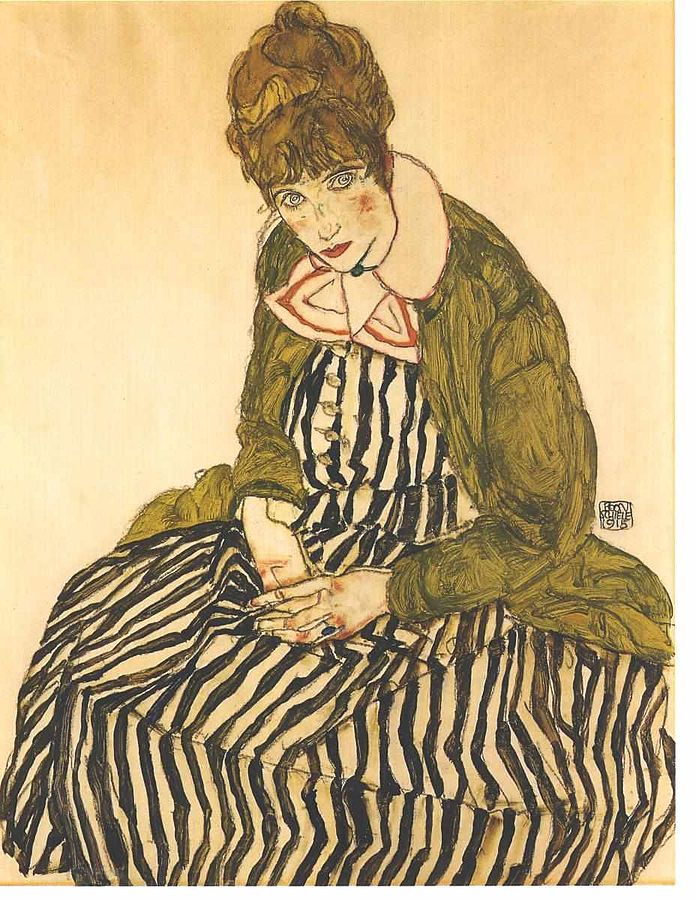One of the most durable and adaptable forms of human creation is figurative art, which focuses on depicting natural items in a recognisable form, especially the human figure. Figurative art is found throughout the history of visual culture, from the dynamic compositions of modern artists to the ancient cave paintings of Lascaux. It constantly evolves to reflect shifting cultural ideals, technical breakthroughs, and creative discoveries.
Figurative art stays grounded in the concrete, providing a link between the artist’s inner vision and the observable reality, in contrast to abstract art, which emphasises shapes, colours, and forms without directly referencing the real world. Figurative art’s rich history, changing aesthetics, and enduring influence reveal how artists have employed it to tell gripping tales, evoke strong emotions, and capture the essence of humanity throughout history. Figurative art affirms its timeless significance in the constantly changing field of art by captivating and challenging both creators and viewers, whether through the careful realism of Renaissance masters or the passionate aberrations of modern visionaries.
What is Figurative Art
Figurative art describes art that accurately depicts natural objects or people, especially human figures. This kind of art strongly emphasises accurately capturing the physical characteristics of its subjects, frequently the human body. However, it can also feature still lifes, animals, and landscapes. Abstract art, which aims to eschew conventional depiction to emphasise shapes, colours, and forms, stands in contrast to figurative art.

Figurative art has a rich past that extends to the Palaeolithic era. Animals and human figures are shown in cave paintings, such as those found in Lascaux, France. Greek sculptures, Roman frescoes, and Egyptian tomb paintings all emphasise the human form and narrative through images. Renaissance artists such as Leonardo da Vinci, Michelangelo, and Raphael produced incredibly realistic and detailed depictions of human beings, reflecting a renewed interest in classical forms and human anatomy. With their dramatic compositions and dynamic statistics, Baroque and Rococo artists such as Caravaggio and Peter Paul Rubens stretched the bounds of figurative art.
Figurative art continued to be an essential and developing genre throughout the 20th century despite the popularity of modernism and abstract movements. Artists like Francis Bacon and Egon Schiele used exaggerated forms and colours to communicate intense emotional states. René Magritte and Salvador Dalí use exotic and dreamlike settings for their figures. Artists like Roy Lichtenstein and Andy Warhol exploited figurative imagery from mass media and popular culture.
Today’s figurative painting incorporates many different techniques and styles. The human form is still being explored and reinterpreted creatively by artists like Lucian Freud, Jenny Saville, and Kehinde Wiley. Their primary focus is on authentically portraying the human figure and real-world things. Frequently using figures and settings to tell a tale or deliver a message, Figures can be utilised symbolically to symbolise more essential concepts or ideas by expressing emotions and psychological states through their body language, facial expressions, and composition.
Figurative artists use a variety of methods to accomplish their objectives: the basis of representational painting, which emphasises shading, line, and proportion to produce realistic forms; employing colour, light, and shadow to give figures a more realistic and three-dimensional appearance; sculpting, modelling, or casting figures out of contemporary materials or materials like stone, clay, or bronze.

Leonardo da Vinci is renowned for his meticulous anatomical research and well-known pieces like the Mona Lisa. Famous sculptures by Michelangelo include David and the Sistine Chapel ceiling paintings. Rembrandt: Master of shadow and light, he was able to convey intense human emotion in his portraiture. Pablo Picasso is most known for his abstract paintings, yet he also created notable representational pieces in his early and later careers. Alice Neel is renowned for her emotionally charged photographs of friends, relatives, and acquaintances.
In the art world, figurative art is still alive and well. Bridging the gap between the tangible world and artistic expression offers a way to use visual representation to investigate and convey the intricacies of the human experience. Figurative art reflects the artist’s vision and the viewer’s interpretation, evolving and inspiring through realistic depiction or stylized abstraction.
Abstract Figurative Art
Abstract figurative art combines abstract and representation to produce works based on recognisable forms—particularly the human figure—rendered using stylistic, non-literal, or fragmentary approaches. Because this genre lies in the middle of realism and complete abstraction, it allows artists to experiment with new forms of expression and interpretation.
Early in the 20th century, when painters experimented with new approaches to expressing reality, abstract figurative painting came into being. Artists attempted to break free from the confines of conventional realism, drawing inspiration from movements like expressionism, futurism, and cubism. Cubism, which Pablo Picasso and Georges Braque invented, divided the human form into geometric shapes and several viewpoints. Exaggerated and twisted forms were utilised by artists such as Edvard Munch and Egon Schiele to portray psychological and emotional states.

Specific characteristics of recognisable figures are retained in abstract figurative art. However, they are altered in different ways: Dividing the figure into separate geometric shapes or sections, Modifying dimensions, shapes, and viewpoints to elicit feelings or abstract concepts, Retuning details to their most fundamental forms while preserving the figure’s core, employing the figure as a symbol, frequently with additional commentary or more profound meaning, as opposed to a literal portrayal.
To create abstract figurative art, artists use a variety of techniques. They may mix different mediums and methods to produce distinctive textures and forms, add layers of paint or other mediums to create depth and complexity, use expressive brushstrokes to convey movement and emotion and use non-naturalistic colours to heighten mood and impact.
Abstract figurative art holds a special place within the art world, fusing the familiar with the avant-garde and the concrete with the intangible. Artists can explore more profound significance levels and emotional resonance by abstractly modifying recognisable forms. This encourages viewers to look past the surface and interact with the underlying themes. Abstract figurative art is a dynamic and ever-evolving form that reflects the complexity of the human experience through creative abstraction, inspiring and challenging viewers.
‘By “figurative art,” I mean any picture or photograph containing recognizable images of objects. One of the salient properties of symbolic representations is that they are, in principle, readable to one extent or another, independently of place or time, regardless of whether they were made in the prehistoric era, tens of thousands of years ago, or in our own time. The boundary of figurative art is, then, the limit of readability, and therefore, even the cubist portraits of Picasso should be placed in this category. On the other hand, non-representational art can only be characterized slowly because it includes numerous and mostly overlapping categories containing two hundred names with common and unique characteristics, writes Tsion Avital.
According to Tsion Avital, this school of art includes a few variations, but their differences are insignificant to our discussion. Unlike figurative paintings, abstract paintings are not meant to represent any objects and, therefore, contain no recognizable images of objects. Usually, these paintings are arbitrary or idiosyncratic compositions of few or many colours and forms. Thus, there is no meaning in speaking of readability in its strict sense since each person is likely to see in them whatever comes to his mind. Some readers, especially followers of Nelson Goodman (1968), might argue that although abstract art does not represent it, it symbolizes it through metaphorical exemplification or expression. However, even one who maintains this argument has to admit that the word “symbolization” is used metaphorically in the context of abstract art because, unlike figurative art, abstract art has no symbol system at all.

Furthermore, it is questionable whether exemplification is indeed a case of symbolization. Some abstract paintings contain geometrical configurations, as in paintings of Malevich, Rothko, Mondrian and the like, where one can quickly identify the geometrical forms. However, these paintings do not represent or symbolize geometrical shapes by pictorial symbols; instead, they display specific cases of rectangles or other geometrical shapes, and therefore, we cannot honestly claim to understand them beyond this elementary level as geometrical forms.
‘Every figurative painting is a system of pictorial names, but every pictorial or verbal name is a class name, whether or not there are objects in the world to which that name applies and whether they are many, few, one or none. A picture denoting a sunflower denotes all the sunflowers that have been, are, or will be in the future, and it will continue to be the class name or pictorial universal for sunflowers even if the world never sees another sunflower. A picture denoting a sunflower connects all individual sunflowers, actual or fictitious, by a common denominator, the symmetrical pattern typical to all sunflowers. On the other hand, to the extent that a symbol connects or groups entities with specific common attributes, the emblem will separate those entities from all other entities in the world, writes Tsion Avital.





